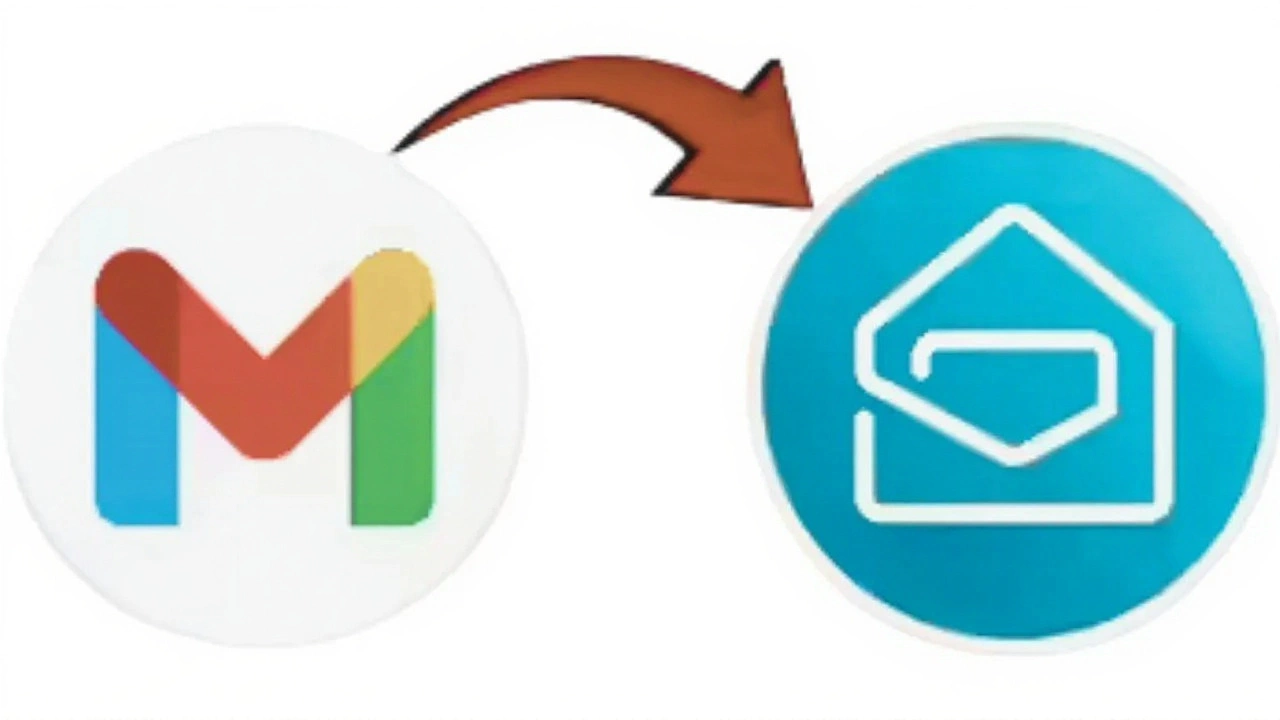Zoho Mail – All You Need to Know
When you hear Zoho Mail, a cloud‑based email service that provides ad‑free, custom‑domain mailboxes for individuals and teams. Also known as Zoho Email, it lets you manage messages, contacts, and calendars in one place, you instantly think of a reliable email client, software that lets you read, write, and organize email. That client works hand‑in‑hand with Zoho Workplace, a suite of productivity tools that includes Docs, Sheet, and Show, creating a seamless workflow. And because every inbox faces spam and phishing, email security, features like two‑factor authentication, TLS encryption, and anti‑phishing filters are built right into the service. In short, Zoho Mail combines a modern email client, robust security, and deep integration with a broader productivity ecosystem.
One of the biggest advantages of using Zoho Mail is its custom domain capability. Small businesses can replace generic addresses with their own brand (e.g., [email protected]) without needing a separate hosting provider. This means the inbox reflects your identity while the back‑end is managed by Zoho’s cloud infrastructure, guaranteeing 99.9% uptime. The platform also supports extensive folder rules, allowing users to auto‑sort incoming mail based on sender, keywords, or attachment type. Such automation reduces manual effort and keeps priority messages front and center, a feature that many traditional email services overlook.
Integration doesn’t stop at Zoho Workplace. Zoho Mail talks to dozens of third‑party apps through native connectors and Zapier. For example, you can push a flagged email into Zoho CRM as a lead, or trigger a Slack notification when a critical message lands in your inbox. This kind of connectivity illustrates the semantic triple: "Zoho Mail integrates with Zoho CRM," and "Zoho Mail enables workflow automation across platforms." By linking communication directly to sales, support, or project management tools, teams cut down on context switching and keep data consistent.
Security is another cornerstone. The service enforces SPF, DKIM, and DMARC records for domain authentication, which dramatically lowers the chance of spoofed emails slipping through. Additionally, administrators can set granular access controls, limiting who can create aliases, forward mail, or export data. For users who travel frequently, the mobile apps mirror desktop protections, offering encrypted storage and remote wipe capabilities. These measures show that "email security requires both protocol enforcement and user‑level safeguards," reinforcing the platform’s trustworthiness.
Productivity Boosters Built Into Zoho Mail
Beyond basic sending and receiving, Zoho Mail includes a suite of productivity boosters. The built‑in calendar syncs with Google Calendar and Outlook, letting you schedule meetings without leaving your inbox. The task manager lets you convert an email into an actionable item with a single click, then assign it to a teammate. For teams that rely on shared inboxes, the Delegated Access feature lets multiple users collaborate on support@ or sales@ mailboxes while keeping individual accountability. Each of these tools illustrates the relationship: "Zoho Mail provides integrated calendar and task management," which in turn "reduces the need for separate apps."
If you’re a developer, the REST API opens doors to custom solutions. You can programmatically fetch messages, create filters, or even set up automated replies based on business logic. This API access demonstrates that "Zoho Mail requires an API for advanced customization," and many SaaS platforms rely on it to embed email functionality into their own dashboards. The documentation is clear, with example calls in Python, Java, and Node.js, making it easy for both beginners and seasoned coders.
Performance matters, especially when inboxes swell to thousands of messages. Zoho Mail’s search engine indexes every email instantly, delivering results in milliseconds even with complex queries. You can search by sender, date range, attachment type, or even specific phrases inside the body. This speed, combined with the ability to archive or purge old mail, keeps storage costs low and the interface snappy. In practice, this means you spend less time digging for information and more time acting on it.
All these features—custom domains, deep integrations, strong security, built‑in productivity tools, API access, and fast search—paint a clear picture of why Zoho Mail stands out in the crowded email market. Below you’ll find a curated list of articles, tutorials, and updates that dive deeper into each area, giving you practical steps to harness the full power of this versatile service.
India's Home Minister Amit Shah orders a shift from Gmail to Zoho Mail across ministries, emphasizing data security and indigenous tech. Rollout begins March 2024.
Read More




